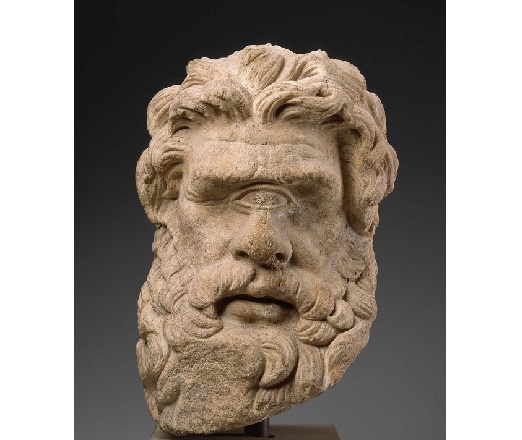Today, humanity has surpassed itself, and progress never ceases to amaze us. What did we have to go through to achieve such results?
We have collected historical facts that will help us understand this and look at our history from the other side.
The myth of the Cyclops

Greek myths are full of Cyclops stories. But were they? Or were they just confused with someone else? Historians say that when they found the remains of mammoths, the Greeks did not understand who owned such large bones and made their conclusions.
Buttons on clothes as a remedy for a cold
Each of us at least once thought about why the buttons on the sleeves of both women’s and men’s outerwear. Of course, now it looks like additional garment decoration. This is an invention of Napoleon Bonaparte – he ordered them to be sewn to the sleeves of the soldiers’ jackets to leave the bad habit of using the sleeves for a cold.
Hippocrates did not write the Hippocratic Oath
In the first version, recorded by Hippocrates, the doctor was prohibited from promoting abortion, and the concept of “medical secrecy” was also disclosed. The full version that we know now appeared much later than the death of the Greek physician and philosopher.
Soldier ants with which to sew up wounds
The Indians are known throughout history as very independent and strong people. They were so strong and severe that they sutured their wounds with the help of soldier ants. These insects, with their jaws, grabbed the edges of the wound and did not allow them to disperse.
Hairdressers were dentists
During the Napoleonic Wars, many soldiers lost their teeth. The barbers of that time were not taken aback and began to make artificial jaws. They took their teeth from the dead soldiers, and they were called “Waterloo’s Teeth.” There were no dentists at that time, so hairdressers did all their work.
Electric ramps replaced anesthesia
Electric Stingrays have an unusual ability – like the superheroes from Marvel, causing a discharge to numb their victims. The ancient Greeks found their use in medicine – they relieved pain during operations or childbirth.
Wojtek, the soldier bear
In 1943, a small brown bear cub was found in Iran by Polish soldiers of the Anders Army supplying artillery equipment during the war. He was given the name Wojtek, which in translation from Polish means “the one who enjoys the war” or “smiling warrior.”
The main task of his fellow soldiers was the delivery of ammunition. During the Battle of Monte Cassino (Italy), an unusual soldier carried an ammunition box with his comrades and never dropped it. In honor of Wojtek, a monument has been erected in Edinburgh, and it is also a symbol on the emblem of the 22nd Polish Transport Company.
Sauerkraut in wine or the food of slaves in China
Sauerkraut came from China. Shi Huangdi, the first emperor of China, was ordered to soak the cabbage in wine and feed it to slaves who worked on the Great Wall of China. It was believed that this particular dish increased stamina.
Medusa as hair gel
In the Middle Ages, Japanese fashion promoted growing long black hair and licking it back. And the hair gel was not yet on the shelves. And the inventive Japanese have come up with an excellent, in their opinion, tool! No, it was not fish oil. The oceans around provided almost all the needs of these people. But their choice fell on jellyfish! A small jellyfish were caught from the ocean, and the Japanese rubbed it into his hair.
Body temperature record
The highest body temperature was recorded in 1980. In Atlanta, Washington, resident Willie Jones was admitted to a hospital with a body temperature of 46.5 degrees! Fortunately, he was discharged 24 days later.
Corset for the Queen of England
The head of every dead whale found on the shores of Great Britain is legally the king’s property. The tail belongs to the queen, in case she needs bones for a corset.
Deadly testing
In the 1920s, body armor was tested by putting them on. One of those lucky ones was Police Officer Murphy. He was shot twice in the chest. Eyewitnesses say that he “did not even blink an eye.”
